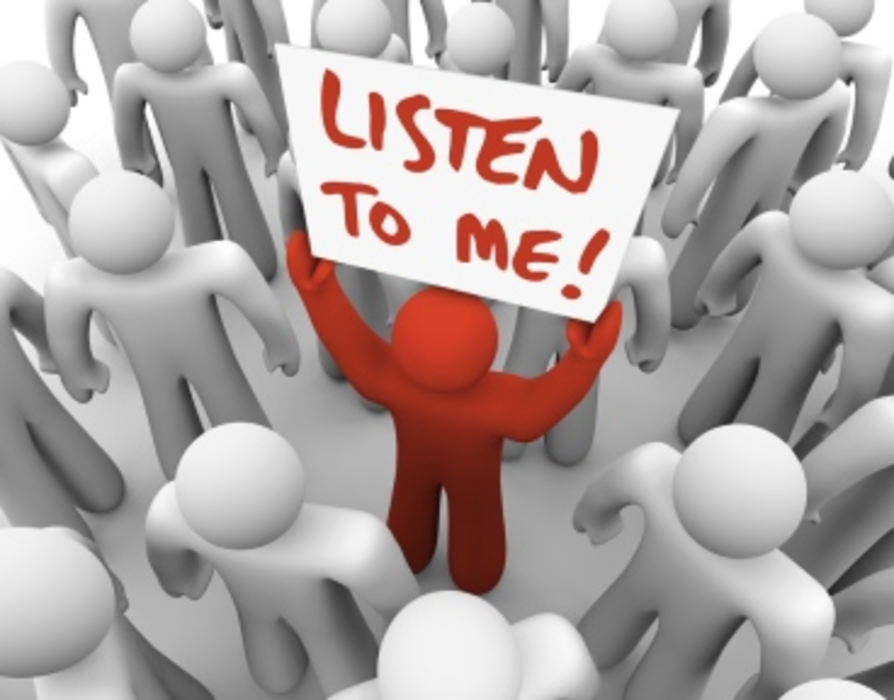As the social media panel settled in at the Direct Marketing Association and Econsultancy’s Integrated Marketing Week event in New York this week, moderator Maggie Fox, CEO of Social Media Group, asked participants to be sure to lean in to their microphones as they spoke so those in attendance could hear. The meeting room was ceiling-less and built into a corner of the exhibit room floor, from which flowed a cacophony of chatter that made it hard for session attendees to think, let alone hear the speakers. The setup was fitting. In a way, it was analogous to marketers’ current standing in social media—sequestered in a corner, blaring into a microphone, while the real social interaction is going on all around them.
A study just released by the Economist Intelligence Unit (EIU) shows that marketers and consumers are quite far apart in their perceptions of the role social media plays in the movement of goods and services. Only 4% of consumers surveyed in the Lyris-sponsored study named online social networks as a preferred mode of engagement with brands. More than half named company websites as the place they go to meet with brands, followed by email and third-party websites.
Marketers surveyed for the “Mind the Digital Marketing Gap” report had a much different—and, apparently, unrealistic—view of the role social plays in their jobs. When asked for the top three key performance indicators they use to evaluate the effectiveness of their campaigns, 38% of marketers named “social media responses” such as likes and retweets. Only incremental sales and response rates surpassed social feedback in their ranking of marketing metrics.
Professionals on the DMA panel—social marketing veterans of brands and agencies—had not been privy to the EIU study findings, but doubtless would not have been surprised. All seemed to preach a social media marketing philosophy that harked back to President Clinton’s famed Keep It Simple Stupid campaign mantra.
“I always try to get clients to ask themselves, ‘What is the overarching experience we want to deliver?’” said Fritz Desir, head of experience planning at RAPP, noting that the fast-evolving social channel tends to overwhelm marketers and cause them to want to do too much, too fast. “What battles can you take on? What are your key issues and key challenges? How can it help you solve some problem?”
You Mon Tsang, SVP of products at Vocus, said that there are two arguments that various functional areas have to resolve before embarking on a social strategy. “The first is goals,” he said. “Marketing wants to control social media, but the billing department is involved, too, and they don’t move too fast. Departments have to work together [on social], but I don’t think you can synch them all up.”
The second thing that needs close evaluation, Tsang noted, is pace. “With our own social team [at Vocus], every second counts. They’re tweeting all the time and checking new posts every 15 minutes,” he says. “But that’s not necessary everywhere. A pace that works for each company is important to establish.”
A marketer in the audience from a large financial services company stepped up to the mike to comment that his company had established a “conversation suite” where staffers from various departments could gather to compare and align their marketing strategies. Tsang, who was founder of the Boxxet consumer content aggregation engine, doubted the effort’s ultimate worth.
“I’ll bet that in a few years that group disappears. It doesn’t work for marketing to have control over the way all departments work in social,” he said. “If you go back to when email came out, companies were having the same conversation. With social, the protocol now is to send marketers to deal with it, but 20 years from now, social will be baked into the company.”








